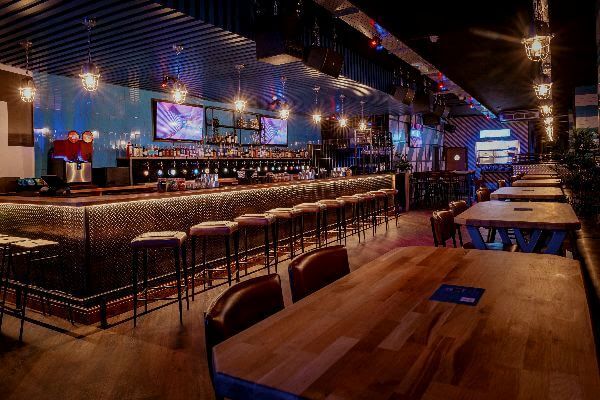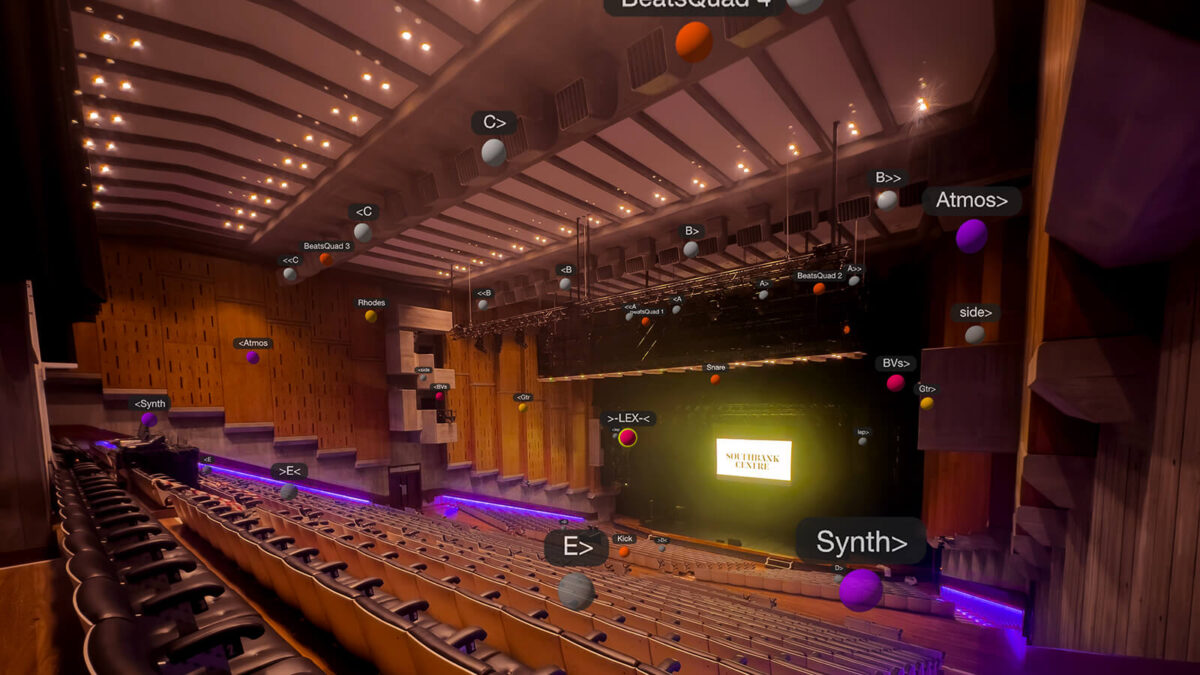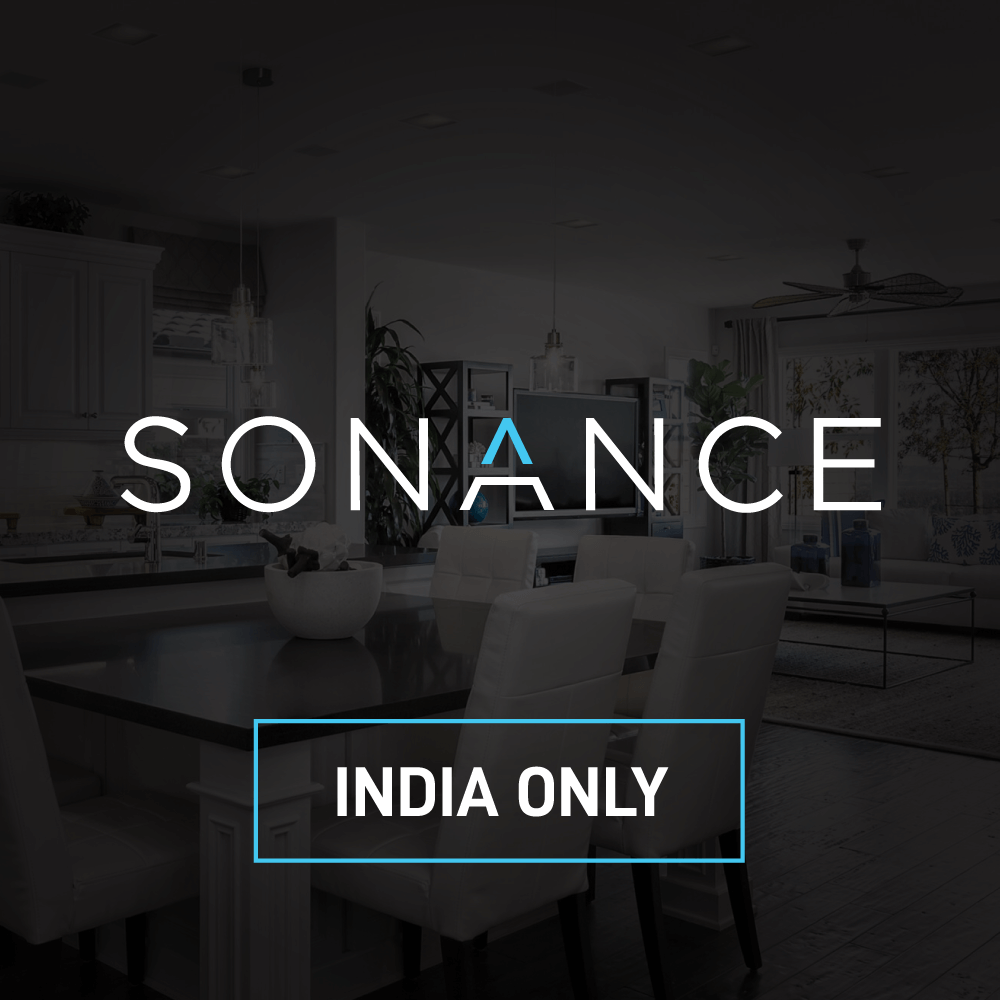Latest location of the sports venue brand in Manchester equipped with a distributed, zoned audio system driven by Linea amplifiers outfitted with preset files that include crossover, EQ and limiting.
The recently opened Kingpins in Manchester’s Arndale Centre, the largest establishment to date in the estate of UK sports venue brand Roxy Leisure, is outfitted with a distributed, zoned audio system implemented by Leeds-based Audioserv that’s driven by Linea Research amplification working with Symmetrix processing.
Audioserv founder and managing director Pete Rollinson explains that the audio for the new Kingpins followed a similar template to its sister brand venues across the UK, with distributed audio throughout the venue from the front door to the furthest gaming area and on to the restrooms. “Having worked on all of the Roxy and Kingpins sites so far, the brief for the audio generally stays very similar,” he says. “There’s no stage, so there is no specific focus for the audio. Some areas will be louder than others, but it must be coherent and sound as good as possible within the spaces that we are working with.”
The system for Kingpins Manchester comprised a mixture 8, 10 and 12-inch full-range loudspeakers supported by 12, 15 and 18-inch subwoofers in the main areas, with compact, wall-mounted, 4-inch loudspeakers covering the restrooms areas. To maximize floor space and assist with time alignment, all subs and loudspeakers are flown throughout the zoned venue.
For each loudspeaker used across the venues, Rollinson has created preset files that include crossover, EQ and limiting. He expands, “DSP within the Linea Research amps mean they are so easy to group. It’s just so simple to drag and drop the files into the DSP modules and group the modules, so I’m able to build the venue in the Symmetrix so that its simple for the venue to control.
“Switching to Linea Research enabled us to halve the space needed for rack amps through the Roxy Leisure estate, whilst adding more channels of power. I simply introduced Matt and Ben (Jones – brothers and Roxy Leisure founders) to our own amp rack which was running so much more in a smaller space.”
Rollinson adds, “The switchover was swift because the brand of amplifiers that were used through Roxy Leisure began to fail one by one in some of the earlier venues. We couldn’t repair them, so they were basically scrap. Over time as they all failed, we changed them over for Linea amplifiers whose service is incredible: really fast and the company is really attentive.”
Roxy Leisure’s Ben Jones concludes, “The quality and continuity of the audio in our venues is really important to us and it’s something our customers may not really notice because it just works and that means our customers are happy. We have Pete and Audioserv to thank for that and the excellent products he relies on for our venues.”
Click here for original article.












